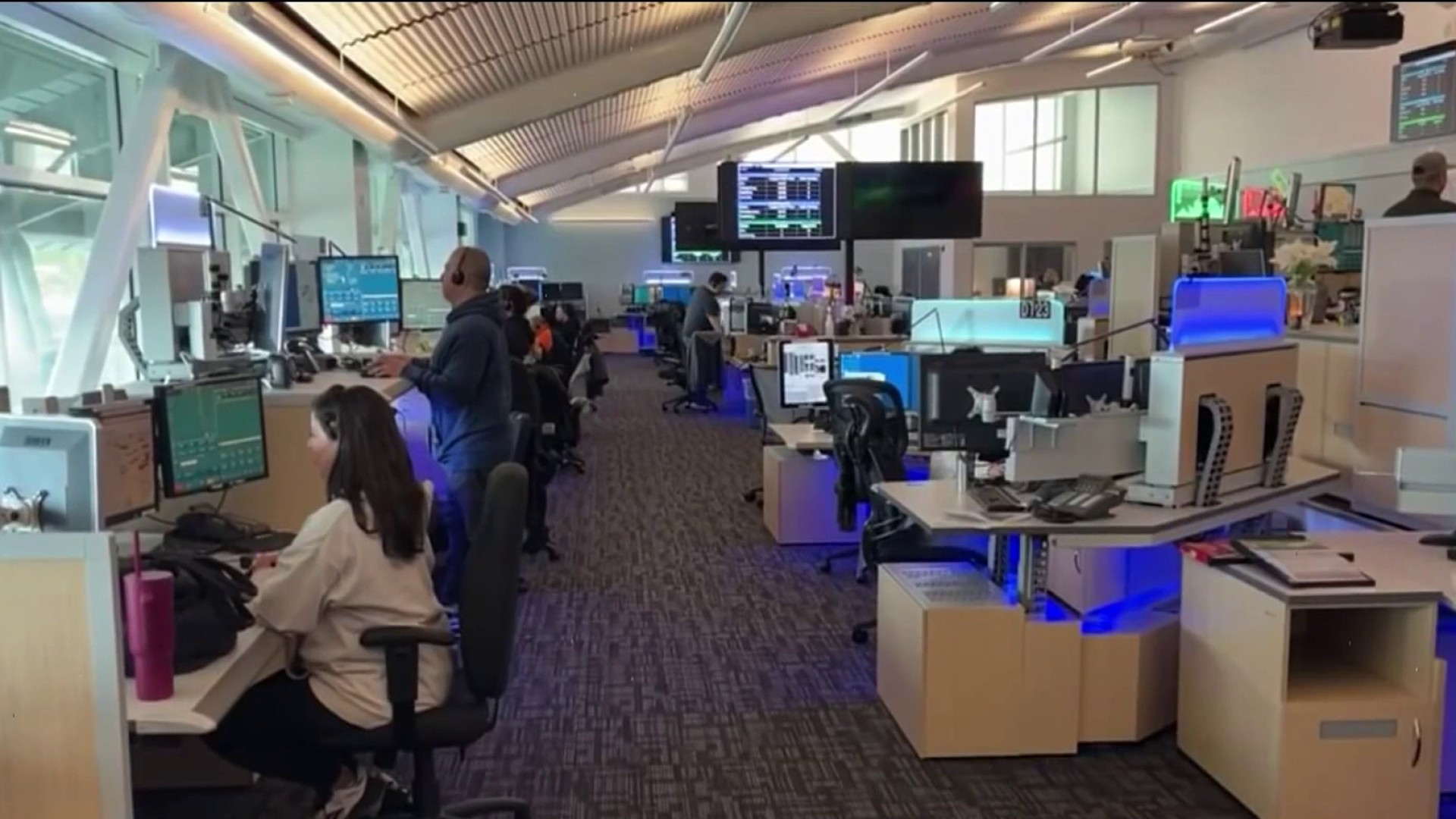You weren't imagining it. The South Bay was hit by a minor to moderate earthquake Monday morning.
Heads popped up through NBC Bay Area as people here felt the shaker at 10:40 a.m.
The quake hit 11 miles north of Morgan Hill and had a preliminary magnitude of 4.3. The USGS changed that number several times in the hour following the earthquake. At one point the USGS reported it as a 4.6.
It was six kilometers deep.
Geophysicist Jack Boatwright said it hit on a little known fault.
He said it was a small "splay fault" off the Calaveras Fault, which is itself a branch off the San Andreas Fault. The fault crosses the hills east of San Jose, an area that is difficult to map.
Because the new fault is not considered a major fault, experts at the USGS do not believe this morning's quake is a precursor to a larger temblor, Boatwright said.
Local
There were no reports of damage, except one home in the Almaden Valley where a few things fell off of shelves.
People in downtown San Jose said it felt like a jolt in high rise buildings with blinds shaking back and forth.
It started with an initial jolt followed by a few seconds of rumbling.
BART performed a system-wide check of all trains. Because of that there was a ten minute delay for a time.
The quake was felt as far away as Marin County.
Here's the location with respect to nearby cities from USGS:
18 km (11 miles) N (7 degrees) of Morgan Hill, CA
19 km (12 miles) E (91 degrees) of Seven Trees, CA
20 km (13 miles) ESE (117 degrees) of Alum Rock, CA
25 km (16 miles) ESE (104 degrees) of San Jose City Hall, CA
Last week the seismic activity was all about Southern California.
More than 300 aftershocks, some of them approaching the moderate range, rattled the Salton Sea area since last Tuesday's 4.8 magnitude quake, as the region is on the move.
Seismologists monitoring "creep meters" and other high-tech, sensitive measuring devices say the fractured pattern of faults under the Salton Sea are moving all at once. Instead of one major strike-slip fault crack, as in most of California, the San Andreas Fault in the Coachella Valley is a web of "ladder pattern" faults.
U.S. Geological Survey scientist Susan Hough told the Desert Sun newspaper that the ladder faults are "an energenic cluster" that has thrown off 300 aftershocks, including 10 with a magnitude above 3.0, since Tuesday.
The largest aftershock was a 4.0 shaker at 3:25 a.m. Thursday.
Scientists from the University of Colorado at Boulder say the western half of the Coachella Valley has moved to the northwest .002 of an inch following the Tuesday quake. Geologist Roger Bilham said his devices are accurate to one thousandth of an inch.
"There was a very small offset at two locations on Durmid Hill last week," Bilham told the Desert Sun, referring to a hill at the northern end of the Salton Sea.
Such simultaneous ladder fault movements has long been predicted as a possible precursor to a major quake along the southernmost reach of the San Andreas, which has not had a major earth movement since the year 1680.
Scientists calculate that massive, destructive-force fault movements have occurred in the Coachella Valley an average of every 220 years, making a major movement along the San Andreas Fault way overdue.
A large quake at the Salton Sea is capable of causing significant damages in Los Angeles and San Diego, seismologists warn.
CHINO HILLS SWARM
The small swarm of micro-earthquakes rattling the Chino Hills continued Sunday, when a magnitude 1.5 tremor hit at 6:33 a.m.
At least seven similarly-sized tremors have shaken the area near Diamond Bar, close to the Pomona (60) and Orange (57) freeways, this weekend, according to automated seismographs operated by the U.S. Geological Survey and local universities.
The largest quake was a magnitude 1.9 movement, which hit at 3:36 Saturday morning.
Epicenters have generally been calculated to be 7 miles beneath the surface of the land, about 29 miles east of the Los Angeles Civic Center.
The quakes are far too small to cause damage, and may be too small to even be felt by people in the area.
The microquakes have hit at the same time that the much-stronger swarm of earthquakes alarmed residents of the Coachella Valley, 110 miles to the east.



